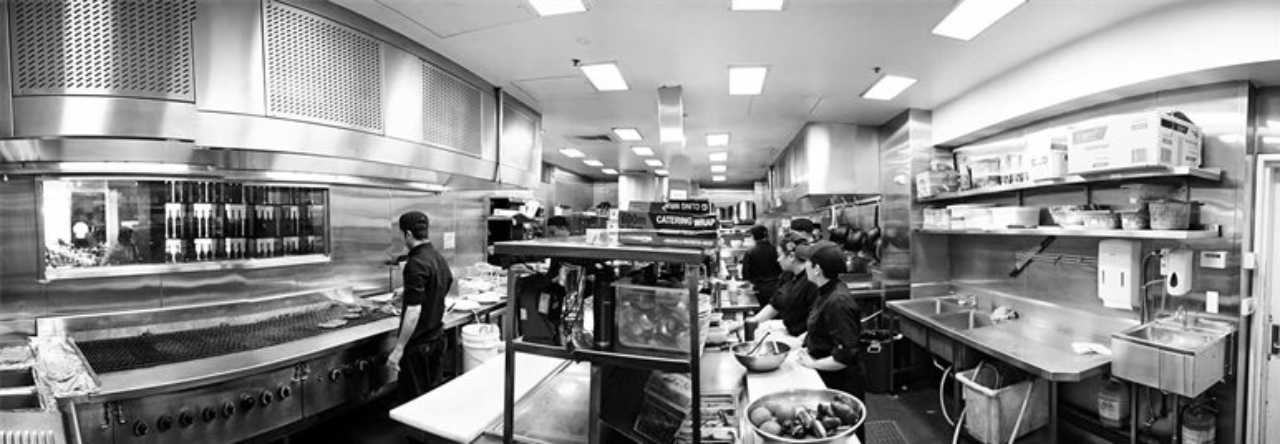
The How and Where of Restaurant Financing.
Credit cards are a major source for sole proprietor and LLC’s. But read the fine print. If the interest rate is too high it may not be worth it. Avoid applying for multiple accounts. Set realistic goals for paying them back and stick to it.
Friends and family and the second choice for many although to prevent those awkward family dinners make sure to treat the process like you would if you were meeting with a bank official. Make sure you know reality from myth. You must do a great deal of number crunching and most of all it is a family affair. If your spouse is not supportive, one of them will be doomed.
Personal savings will start your business without taking on debt but if the restaurant fails you’ve lost your job and your savings.
Home Equity Loan/Second Mortgage using your home as collateral. This option helps you build up capital but if the restaurant goes under you’ve lost your job and your home.
Your Landlord may be another option. When you’re shopping around for the ideal location for your restaurant, you may want to ask your landlord if you can strike a deal. In return for equity or a portion of the returns, they might be willing to reduce your rent.
If you are going for a loan do a Business Plan with a complete Standard Operating Procedures. This will show you know your Restaurant Financials.
The Small Business Administration may be able to help as long as you have a strong business plan. There are several options as well. With the 7(a) the SBA guarantees most of the value of the bank’s loan making lenders feel more secure. You will need to put up 20%-30% of the cash up-front. SBA Express provides loans up to $350,000 and the approval window is 36 hours. The maximum duration is 7 years and has a higher interest rate. SBA microloans are backed by the SBA for an average amount of $13,000 and must be paid within 6 years. The lender is obligated to help you start up your business by providing training and guidance. This isn’t as common because the lender is required to do so much more for a smaller gain but worth looking into.
If you have a good relationship with your credit union you can see what they would offer. Most offer interest charged on the balance of the loan so if you can pay on the principle each month your interest will go down as well.
Merchant Cash Advance is another way to go. You get cash up-front and pay them back over time. These do have high fees anywhere from 22% to 40% of your credit card revenue until you’ve paid them back plus fees.
Peer-to-peer lending from sites such as prosper.com or lendingclub.com can help you with individuals who will lend you money. It’s complicated since you are borrowing money from an intermediary who is providing the security to the lenders. The interest rate is usually a bit lower at 13.5%. If you don’t want use your savings and your business plan is good, you should be able to convince others to partner with you.
